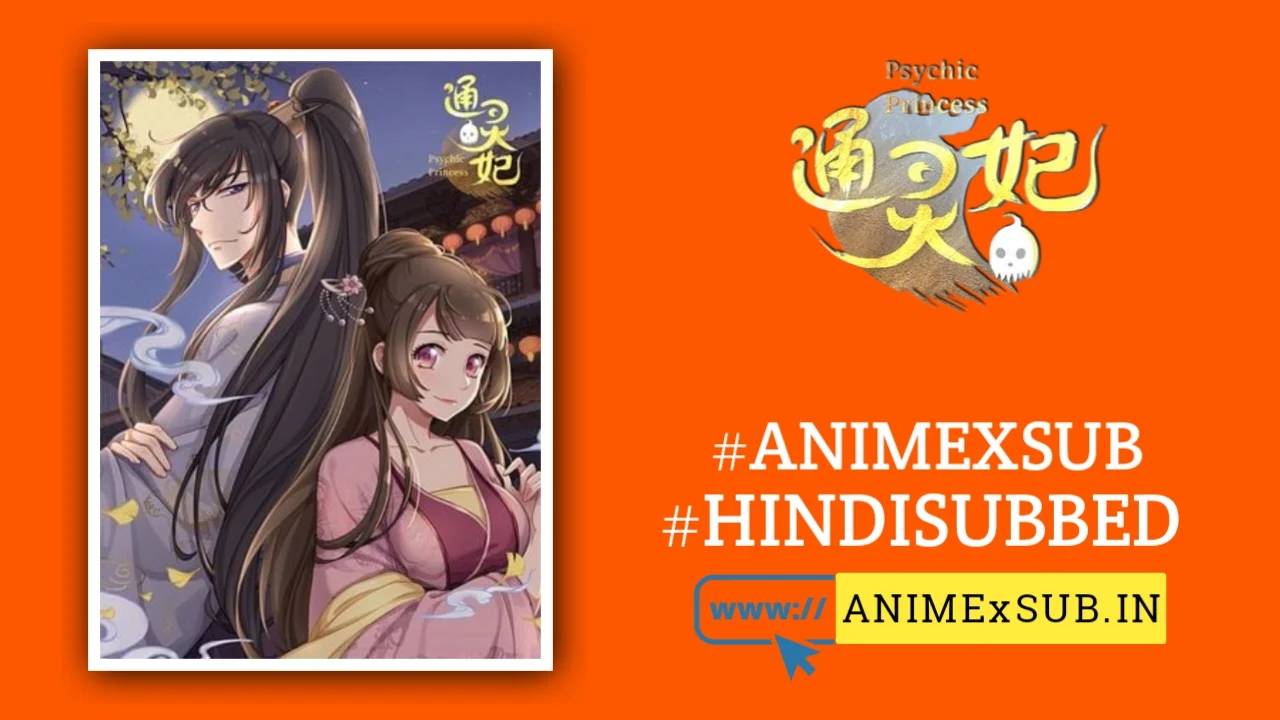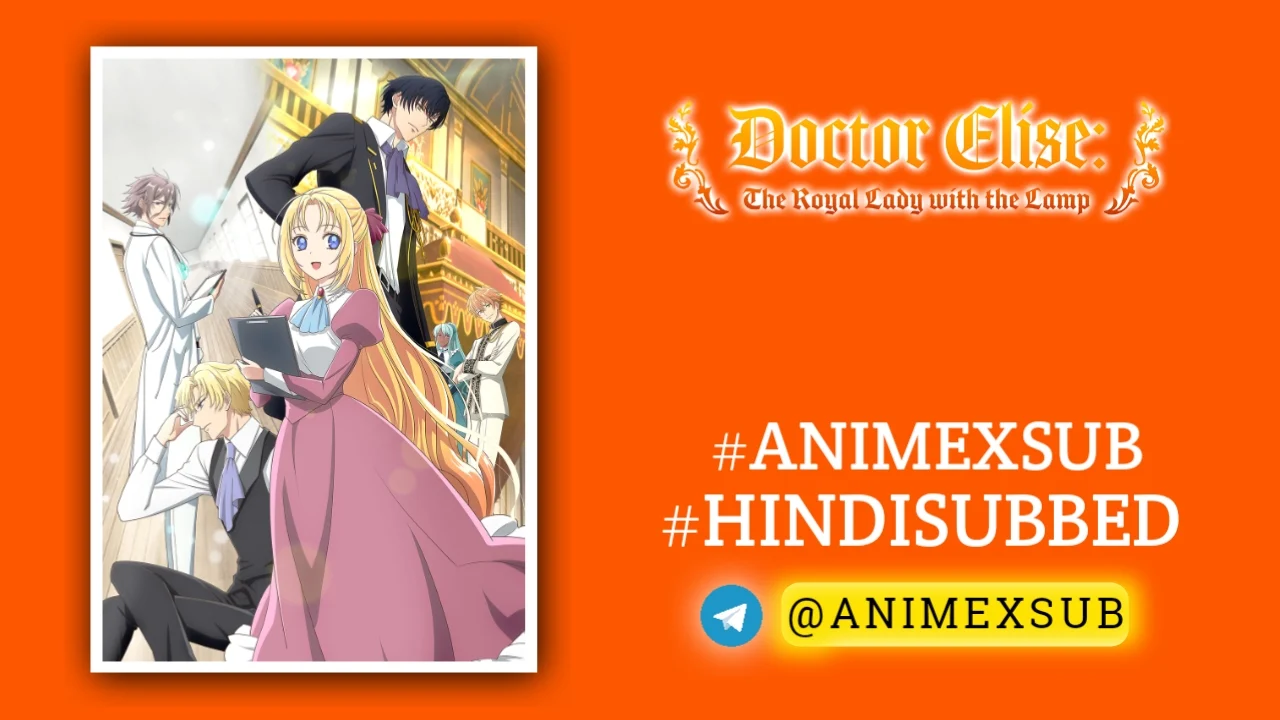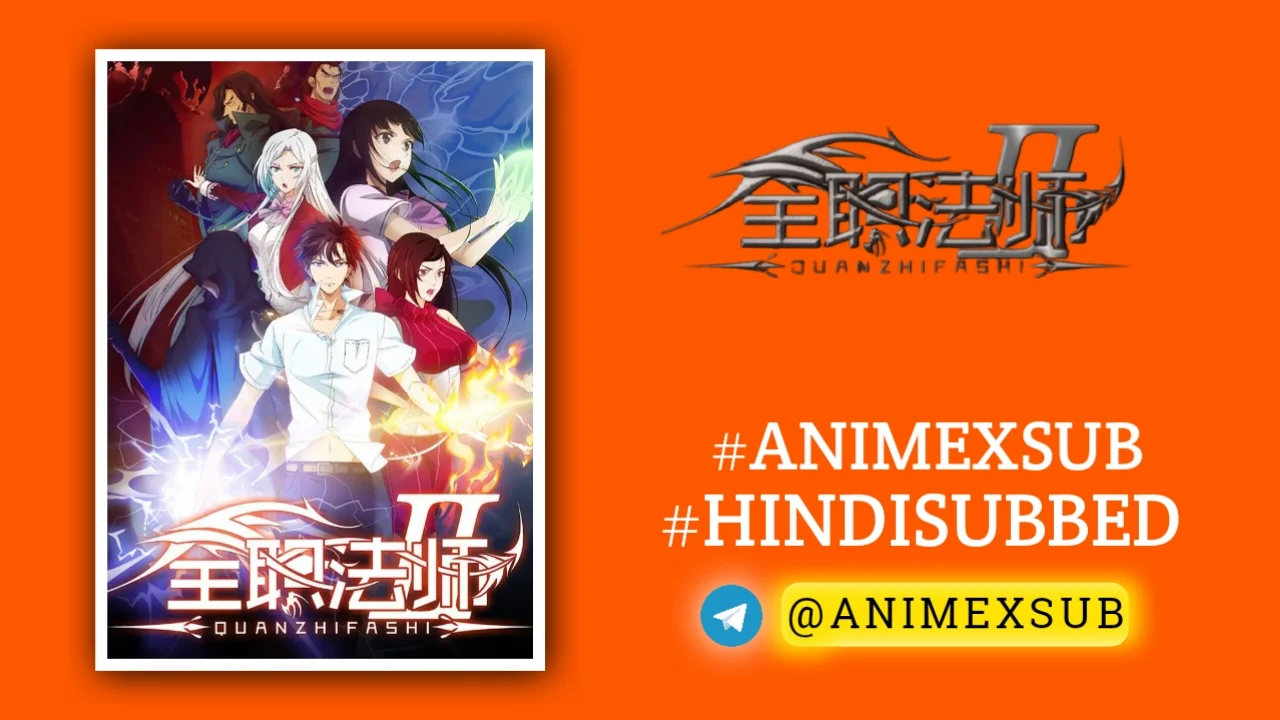
Kannagi: Crazy Shrine Maidens Hindi Subbed [13/13] | Kannagi Hindi Sub

Kannagi
Kannagi: Crazy Shrine MaidensSynopsis
Based on a shounen manga by Takenashi Eri, serialised in Comic REX. Our unlucky protagonist, Jin, uses the trunk of a sacred tree to carve a statue for a school project. When he takes it outside, to his surprise it begins absorbing the surrounding earth and transforms into, hold your breath on this one, a girl! So like all similar setups this guardian deity is pretty pissed that her tree was cut down and lives with Jin while she takes out her anger on squashing bugs....er, cleaning the "Impurities".
Characters
Episodes
How To Download Tutorial
Kannagi: Crazy Shrine Maidens Season 1 – A Unique Blend of Myth, Humor, and Heart
Kannagi: Crazy Shrine Maidens Season 1, a 13-episode anime adaptation of Eri Takenashi’s manga, aired in 2008 and remains a standout in the slice-of-life and supernatural comedy genres. Directed by Yutaka Yamamoto and produced by A-1 Pictures, this series delivers a fresh narrative that intertwines Shinto mythology with modern-day teenage life, offering a mix of humor, emotional depth, and cultural nuance rarely seen in its peers. This review dives into what makes Kannagi a distinctive gem, exploring its narrative, characters, themes, and technical execution without slipping into promotional fluff.
A Fresh Take on the Boy-Meets-Goddess Trope
The story follows Jin Mikuriya, a high school art student who carves a statue from the wood of a sacred Kannagi tree, unknowingly summoning Nagi, a goddess tasked with purifying “impurities” in the world. When the statue comes to life, Jin is thrust into a partnership with the brash, self-proclaimed deity who’s weakened due to her sacred tree’s destruction. The setup sounds familiar—a mortal meeting a supernatural being—but Kannagi subverts expectations by grounding its fantastical elements in relatable, everyday struggles. The impurities Nagi battles are less about cosmic evil and more about human flaws like jealousy or insecurity, giving the series a unique lens on personal growth.
The narrative balances episodic comedy with an overarching mystery about Nagi’s past and her connection to Jin. Unlike many anime that lean heavily on action or romance, Kannagi thrives on character-driven humor and subtle world-building. The show’s pacing is deliberate, allowing viewers to connect with the characters’ quirks while gradually unveiling Nagi’s divine origins and the town’s spiritual history. This slow-burn approach might not suit viewers craving high-stakes drama, but it rewards those who appreciate nuanced storytelling.
Characters That Shine Through Chemistry
Kannagi’s strength lies in its ensemble cast, each bringing a distinct flavor to the narrative. Nagi, voiced by Haruka Tomatsu, is a fascinating blend of arrogance and vulnerability. Her “bratty little-sister” persona—demanding worship while fumbling through modern life—makes her both endearing and frustrating, a balance that keeps her from feeling like a caricature. Her improvised magical girl staff, crafted from a toy baton, is a hilarious nod to genre tropes while highlighting her resourcefulness.
Jin, played by Hiro Shimono, is more than a generic everyman. His artistic aspirations and quiet insecurities make him a relatable anchor, especially as he navigates his role as Nagi’s reluctant partner. The supporting cast, including Tsugumi (Miyuki Sawashiro), the dependable childhood friend, and Zange (Kana Hanazawa), Nagi’s rival sister who’s embraced Catholicism and local celebrity status, add layers of humor and tension. Zange’s nun-miko persona and her Instant Fanclub are particularly memorable, poking fun at idol culture while exploring themes of faith and identity.
The interactions between characters are where Kannagi truly excels. Whether it’s Nagi’s bickering with Jin or the art club’s awkward camaraderie, the dialogue feels natural and often laugh-out-loud funny. The show doesn’t shy away from poking fun at itself, like in the opening theme where Nagi is depicted as a pop idol—a cheeky misdirection that sets the tone for its self-aware humor.
Themes Rooted in Shintoism and Modernity
At its core, Kannagi is a meditation on the clash between tradition and modernity. Nagi’s struggle to fulfill her divine duties in a world that’s moved on from ancient rituals mirrors Jin’s own search for purpose in a competitive high school environment. The show subtly critiques how spiritual traditions are commodified—Zange’s celebrity status as a “confession-taking nun” is a sharp commentary on blending sacred roles with modern fame.
The series also explores identity and belonging. Nagi’s weakened state and outdated speech (translated with a Tolkien-esque flair) highlight her displacement, while Jin’s art club peers grapple with their own insecurities about talent and social status. These themes are woven into the comedy without feeling heavy-handed, making Kannagi accessible yet thought-provoking.
Technical Craftsmanship
Visually, Kannagi is a product of its time but holds up well. A-1 Pictures delivers clean, expressive animation, with character designs that pop—especially Nagi’s flowing hair and Jin’s “idiot hair” antennae, which react to his emotions in the manga-inspired style. The show occasionally uses 2D/3D hybrid effects, like for Nagi’s wand or background elements, which can feel dated but don’t detract from the overall charm.
The soundtrack, composed by Satoru Kosaki, complements the tone perfectly. The opening theme, “motto☆Hade ni ne!” is a catchy, ironic take on idol pop, while the background music enhances both comedic and heartfelt moments. Voice acting is a highlight, with Tomatsu’s Nagi stealing the show through her dynamic range, from haughty goddess to flustered teen.
Critiques and Limitations
Kannagi isn’t flawless. The humor, while sharp, occasionally leans on overused anime tropes like nosebleeds or exaggerated reactions, which might feel stale to seasoned viewers. The plot meanders in the middle episodes, with some gags overshadowing the deeper narrative about Nagi’s past. Additionally, the lack of a second season leaves some threads unresolved, which may frustrate viewers invested in the mystery.
The series also faced controversy in Japan over a manga plot point about Nagi’s past, which sparked debates about “purity” in anime culture. While this doesn’t directly impact Season 1’s anime, it’s worth noting for those exploring the source material, as it led to a hiatus in the manga’s publication.
Why It Stands Out
What sets Kannagi apart is its ability to blend genres without losing focus. It’s a comedy that doesn’t sacrifice character development, a supernatural tale that feels grounded, and a slice-of-life story with stakes that resonate. Unlike many anime that rely on fan service or high-octane action, Kannagi leans on witty dialogue, cultural commentary, and genuine heart. Its exploration of Shintoism through a modern lens is rare, offering viewers a glimpse into Japanese spirituality without preaching.
For fans of series like Lucky Star or The Melancholy of Haruhi Suzumiya, Kannagi offers a similar vibe but carves its own niche with its mythological roots and introspective tone. It’s not perfect, but its quirks and sincerity make it a refreshing watch that lingers long after the credits roll.
Verdict: Kannagi: Crazy Shrine Maidens Season 1 is a delightful, underappreciated anime that balances humor, heart, and cultural insight. It’s a must-watch for those who enjoy character-driven stories with a touch of the divine, though its unresolved ending and occasional reliance on tropes may leave some wanting more. Still, its unique premise and memorable cast make it a next-level experience in the 2000s anime landscape.




























